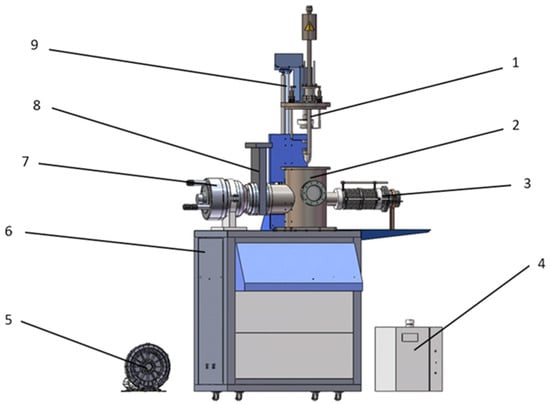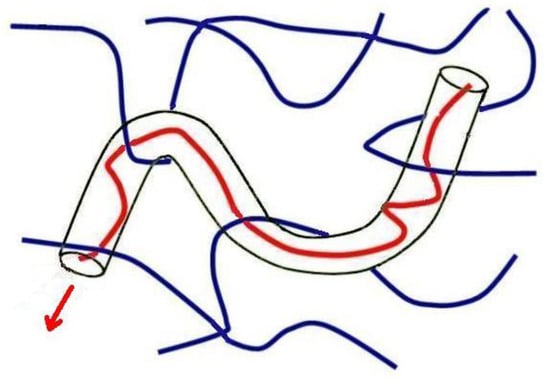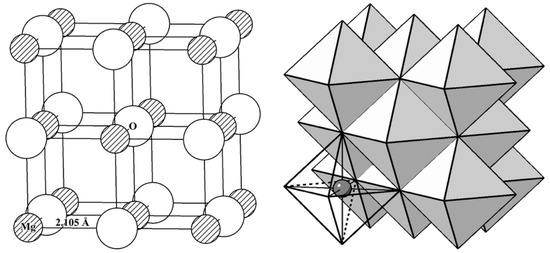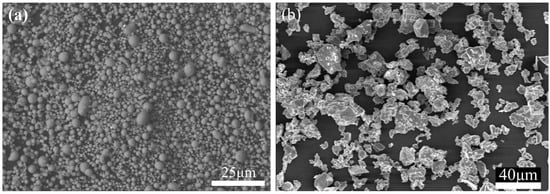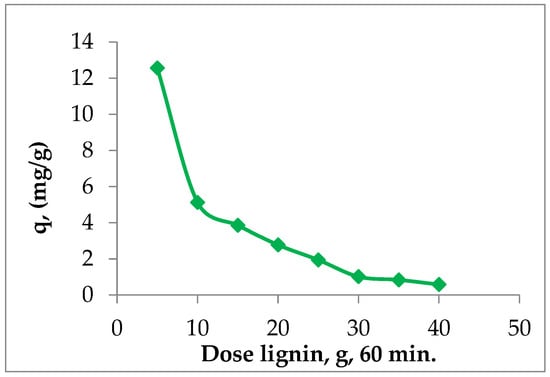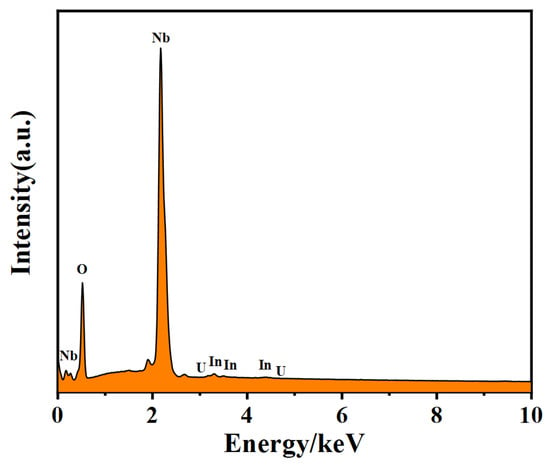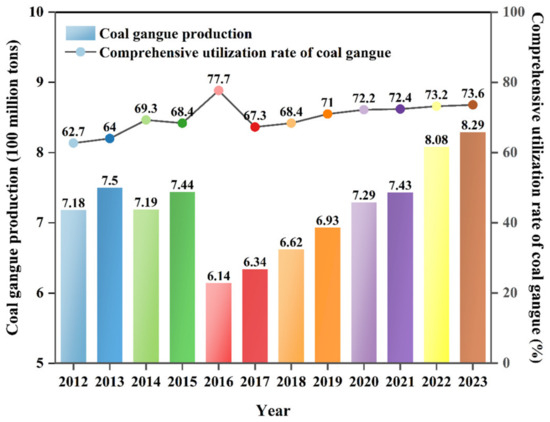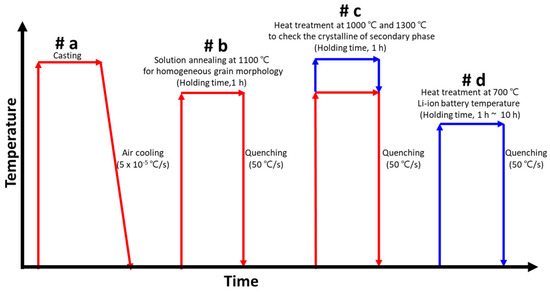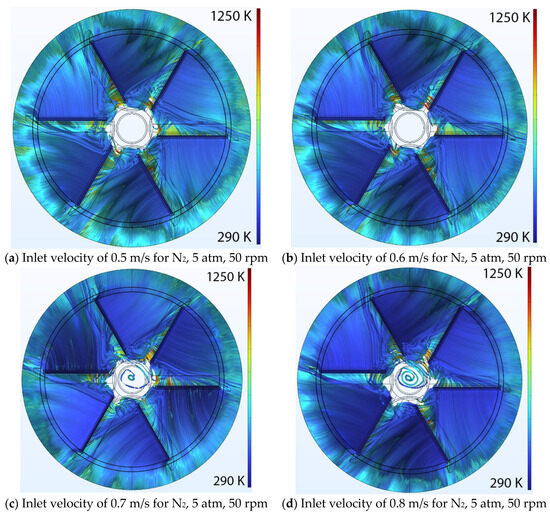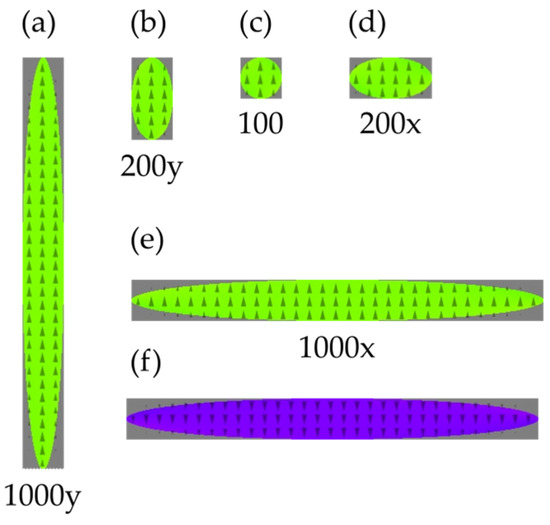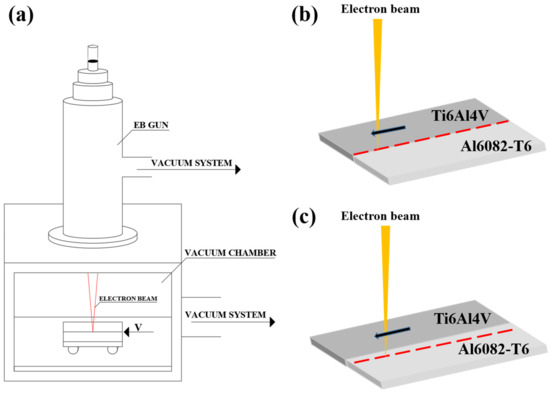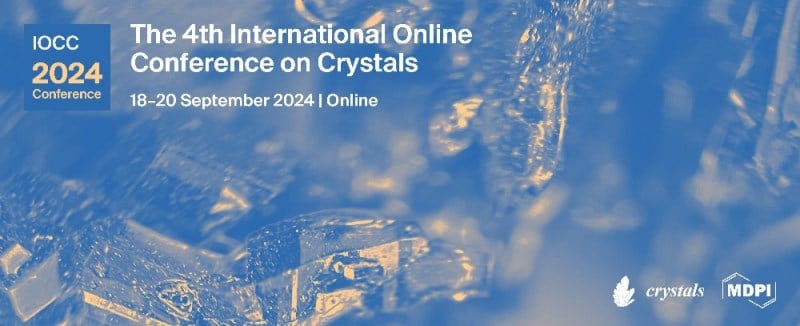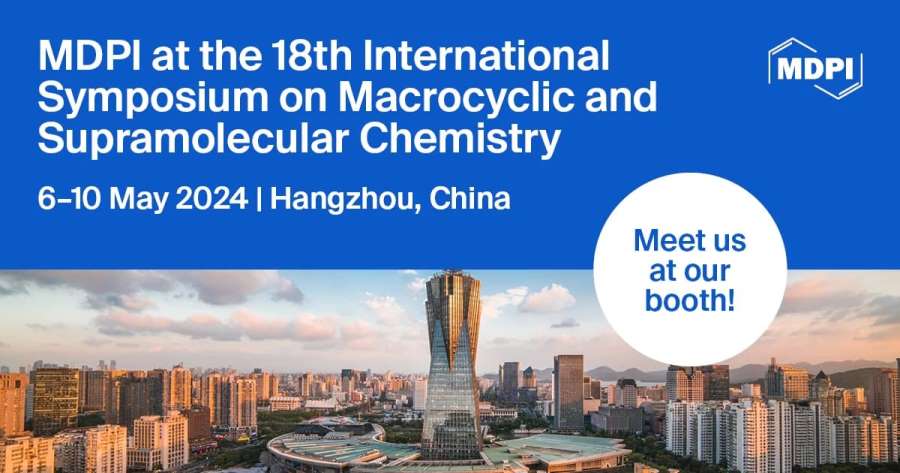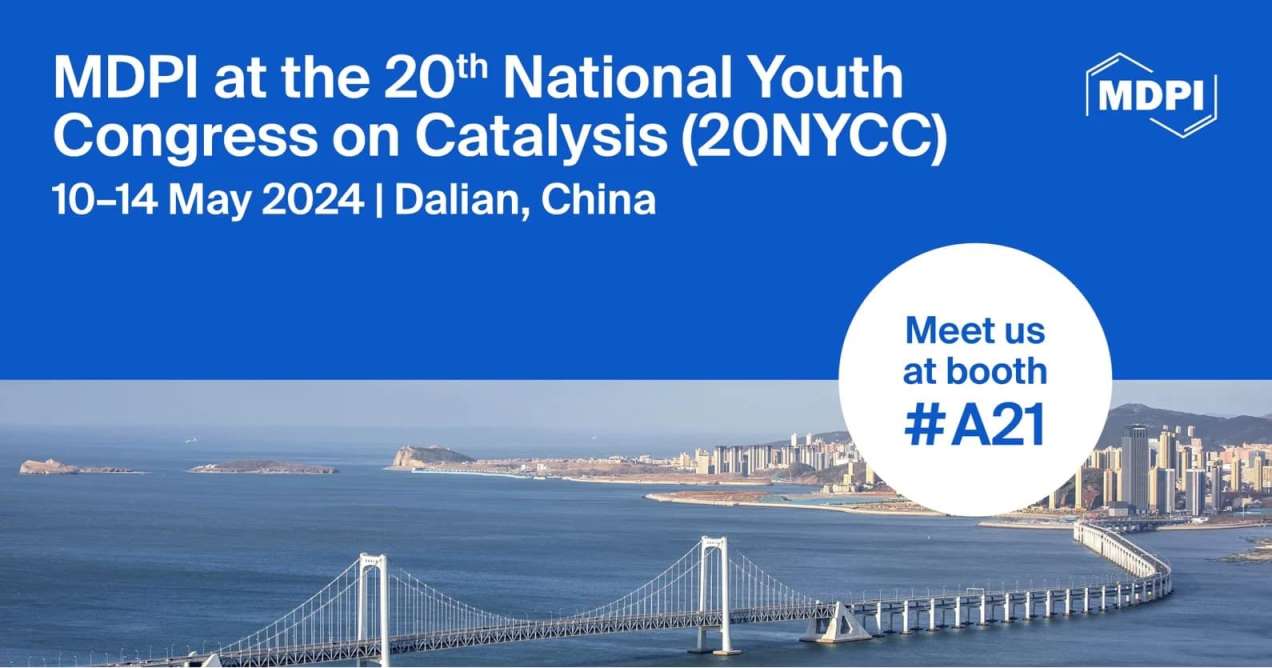-
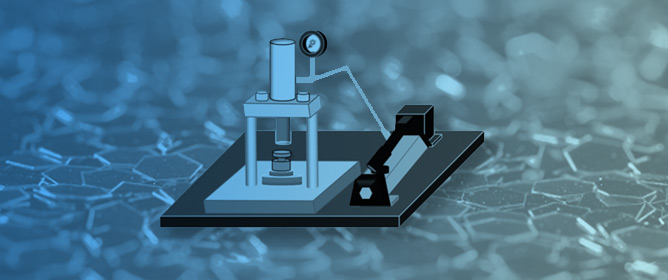 Surface Modification of Bi2Te3 Nanoplates Deposited with Tin, Palladium, and Tin/Palladium Using Electroless Deposition
Surface Modification of Bi2Te3 Nanoplates Deposited with Tin, Palladium, and Tin/Palladium Using Electroless Deposition -
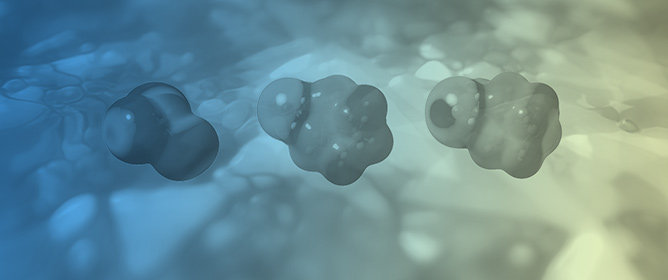 Halogen Bonding versus Nucleophilic Substitution
Halogen Bonding versus Nucleophilic Substitution -
 CFD Analysis of a High Pressure Spatial MOCVD Reactor
CFD Analysis of a High Pressure Spatial MOCVD Reactor -
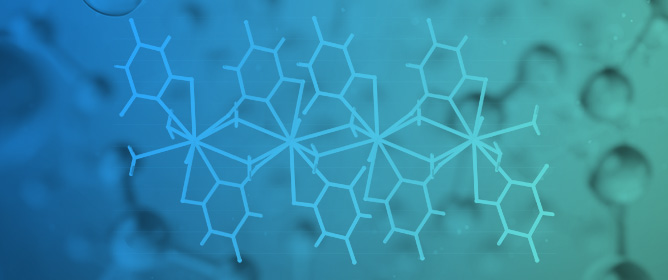 Competitive Bonding Patterns in Cyanuric Acid Complexes of Alkaline Earth Metals
Competitive Bonding Patterns in Cyanuric Acid Complexes of Alkaline Earth Metals
Journal Description
Crystals
- Open Access— free for readers, with article processing charges (APC) paid by authors or their institutions.
- High Visibility: indexed within Scopus, SCIE (Web of Science), Inspec, CAPlus / SciFinder, and other databases.
- Journal Rank: JCR - Q2 (Crystallography) / CiteScore - Q2 (Condensed Matter Physics)
- Rapid Publication: manuscripts are peer-reviewed and a first decision is provided to authors approximately 10.6 days after submission; acceptance to publication is undertaken in 2.7 days (median values for papers published in this journal in the second half of 2023).
- Recognition of Reviewers: reviewers who provide timely, thorough peer-review reports receive vouchers entitling them to a discount on the APC of their next publication in any MDPI journal, in appreciation of the work done.
Latest Articles
E-Mail Alert
News
Meet Us at the 18th International Symposium on Macrocyclic and Supramolecular Chemistry, 6–10 May 2024, Hangzhou, China

Meet Us at the 2024 Spring Meeting of the European Materials Research Society (E-MRS), 27–31 May 2024, Strasbourg, France
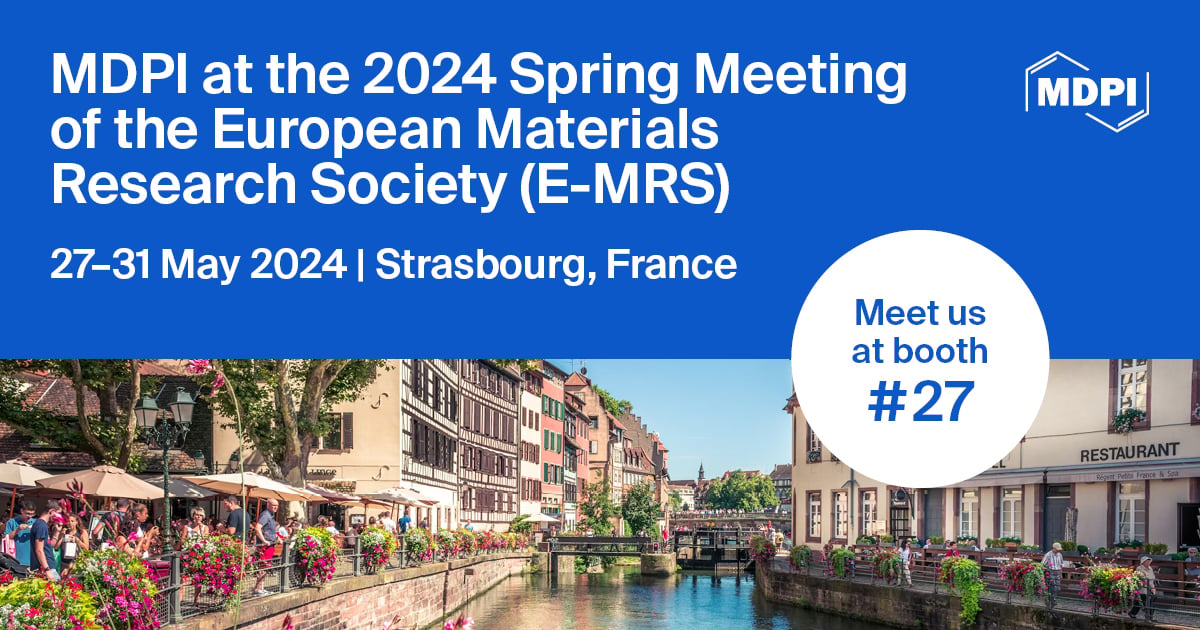
Topics
Deadline: 30 June 2024
Deadline: 20 July 2024
Deadline: 31 August 2024
Deadline: 30 September 2024
Conferences
Special Issues
Deadline: 26 April 2024
Deadline: 30 April 2024
Deadline: 20 May 2024
Deadline: 30 May 2024



